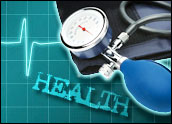
With the recent growth of eHealth and mHealth, there has been a lot of excitement about tomorrow’s possibilities, but doctors and patients aren’t interacting very much via the Internet today.
While doctors are beginning to post things like test results online, saving the nurse a phone call, that is not improving the doctor-patient relationship. Not yet. In fact, the lack of that personal call from the nurse can even create more distance between the doctor’s office and the patient.
For my ‘pick of the week’ topic at the end of this column, I will discuss how Optimum Lightpath, a Cablevision Systems company, gives Horizon Health Center the ability to revive its aging telecom network — a challenge faced by every hospital and healthcare facility.
Different May Not Be Better
eHealth is electronic health (think over networks like the Internet), while mHealth is mobile health (think over your cellphone and wireless networks). Healthcare providers and patients are getting excited about these new ways to reach out and interact with each other and with patients.
What is happening, however, seems to be that doctors are starting to change the way they reach out to patients. They are not adding ways — just changing. They don’t realize it yet, but they could start heading down the same path customer care did in the 1990s.
Think about what we saw happen to tech companies in the 90s. Before then, we used to be able to call a customer service line and talk with an actual person who would help us get a product working.
Then, in the 90s, everything changed. Now when we have to get help, it’s difficult to call a company and talk with anyone. Today, we have to post a question or send an email and wait several hours or even a day for a reply.
That reply is never the answer, so we have to ask another question and wait another day for a reply. This is customer-no-service, and it has distanced many customers from many companies.
This did not add to the ways customers could interact with a company — it changed the system. In other words, it may save the company money, but it backfires, because what a company saves in money, it loses in customer happiness and, therefore, loyalty.
Meaningful Interactions Rare
At this early stage, I think doctors do want this to work. They want to show a meaningful use of these new technologies. They love the idea of electronic health records. However, there is a wide gap between what doctors are providing and what patients are expecting.
Perhaps this is just the way it looks in these very early days. Perhaps it will get better and satisfy both the patient and the doctor. We don’t know yet. However we have to stay alert and drive the changes the way we want to see them develop. We cannot let this take on a life of its own, or we will regret it as doctors and as patients.
Patient portals are new, and today they are used for some tedious tasks like setting appointments and refilling prescriptions. This is helpful to the doctor, because it frees up time and reduces costs.
However, meaningful interactions are just not occurring yet. The use of personal health records, or PHRs, is increasing, but only roughly 10 percent of us use them so far.
Stakes Are High
Next week at CTIA Wireless in Orlando, I will visit the Qualcomm Wireless health pavilion and try to learn more about this. Microsoft HealthVault could be a part of the solution. There are so many new ideas just starting to bubble up in the marketplace.
I think this is an early problem that will work itself out over the next several years if we keep our eyes on the ball.
In speeches, I often compare this to apps on wireless phones. We saw smartphones rise over the years from companies like RIM, maker of the BlackBerry. The sector hit around 15 percent and had a few hundred apps. Then Apple jumped in with the iPhone. Then Google with Android. Suddenly this market segment is growing faster than the rest — somewhere around 50 percent growth. Suddenly, there are several hundred thousand apps.
Yesterday, the apps were just meaningless, fun games. Today, however, they are maturing and becoming much more important to us. There are apps for health, finances and work, as well as GPS and games.
Perhaps as this eHealth segment matures, it will find itself. We just have to make sure we play a role in the path it takes because this is not just about apps and games. This is about our health, and the way we interact with our doctors and the medical community, so we want to make sure we do this right.
We want to make sure we add to what we already have — not simply replace one way with another way that is not as good but is cheaper to deliver. We want to be happy patients and satisfied doctors. That is the goal we have to keep our eyes on going forward. 
Optimum Lightpath is giving Horizon Health Center the ability to revive its aging telecom network. The healthcare firm consolidates services for streamlined communication across three facilities that share real-time critical data needs, improve patient support and more.
Healthcare providers face rapidly changing technology, government and patient care demands. They are finding that their legacy telecom networks are preventing them from staying head of the curve.
Optimum Lightpath helps to overhaul and transform networks; it is helping Horizon improve how it delivers care to more than 19,000 patients.
As a result, the healthcare provider sees cost savings, boosts in network performance, and improved operational efficiencies, while preparing for ongoing enhancements.
Older networks are getting overloaded with new tech. It becomes slow, drops calls, has a tough time remaining stable. Is it an option to let our older telecommunication services negatively impact the ability to serve patients?
This is one of many stories of how wireless, telecom and technology are working with the healthcare industry to bring it up to modern day expectations with eHealth and mHealth.
We don’t want to be able to do more with the apps on our iPhones or Androids than when we get to the hospital, do we?
Optimum Lightpath is a division of Cablevision Systems Corporation. That’s right — the cable television and telecommunications company. What else will we learn next?


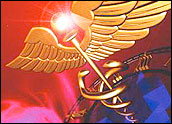
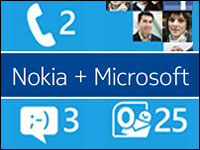
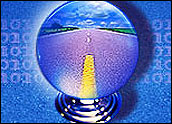
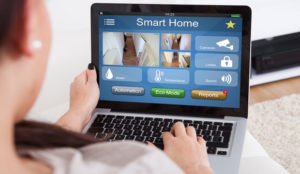

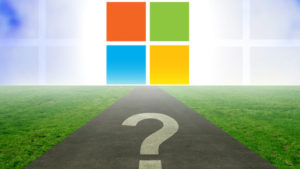

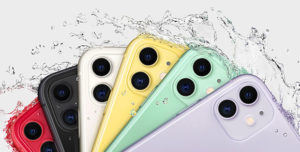
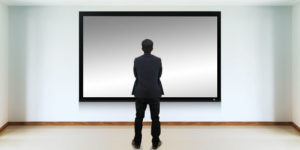
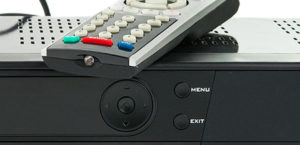

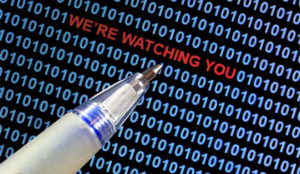


































Social Media
See all Social Media